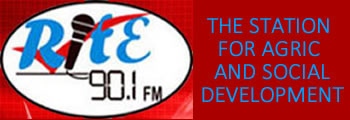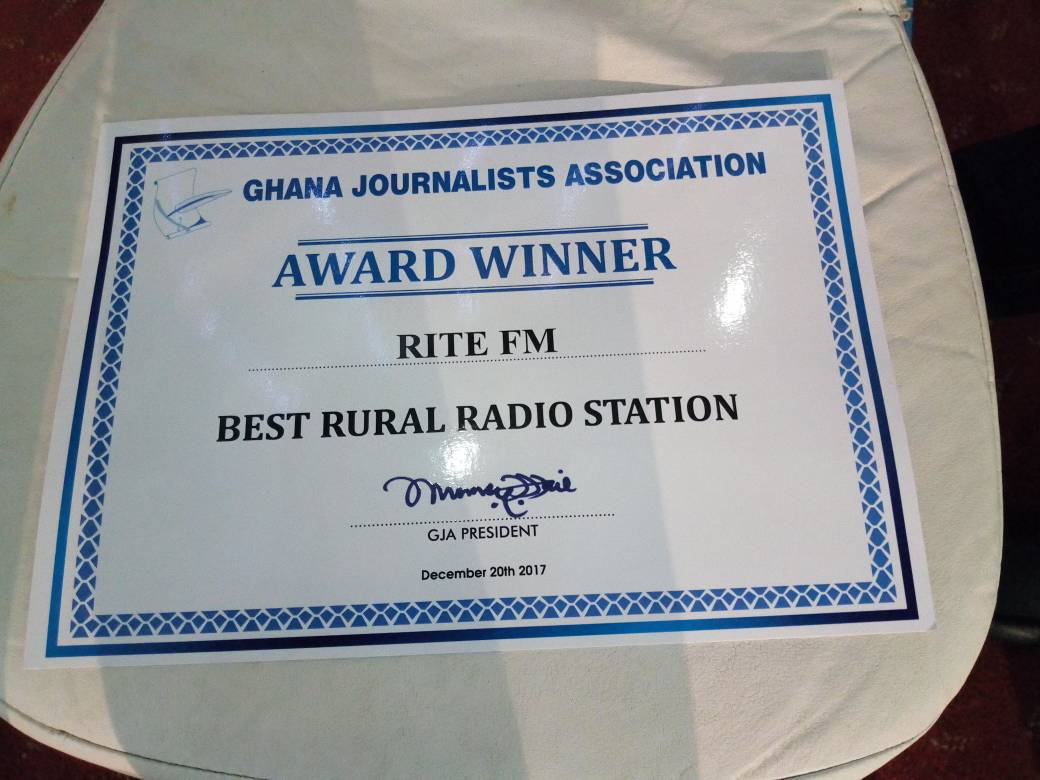Cocoa farmers say output to bounce back next season

Some cocoa farmers in Ghana say the next main crop will easily outstrip the disappointing 2014/15 season, adding weight to a government forecast that next season’s output will rise to around 900,000 tonnes.
Investors confidence in Ghana’s ability to forecast its cocoa output took a hit this year, when regulator Cocobod revised an initial prediction of more than 1 million tonnes made at the start of the season in October to around 700,000 tonnes.
The revision, and the fact that it came relatively late in the season with little warning, rattled global cocoa markets because Ghana is the world’s largest producer after Ivory Coast.
Rains earlier in the year have yielded a good crop of the flowers that should turn into cocoa pods given the right conditions, said farmers in two of the country’s main growing regions.
“We are anticipating that in the (next) main crop we will experience a bumper harvest,” said Douglas Amankwah, a buyer outside Kumasi in Ashanti Region.
“The application of agro chemicals last season was late so it did not have an impact on 2014/15. These agro chemicals will have the result on the 2015/16 main crop,” he said on Monday.
His comment was echoed by farmers including Lawrence Adu who pointed to the budding cocoa flowers on the trees on his 13-acre farm at New Tafo, Eastern Region.
“The weather is encouraging,” he said, because of rains that fell in June and the sun,” he said.
Adu estimated that his farm could produce around 25 64-kg bags of cocoa in the season to end in 2016, up from around 21 bags total this season and 23 bags the season before that.
Farmers cited a variety of reasons for the drop in production this season including old trees, a lack of pesticides and other inputs that caused diseases such as black pod and insufficient farmer education about crop maintenance.
GOOD LIGHT CROP PROSPECTS
Cocoa is a backbone of Ghana’s economy along with gold and oil. Ghana has more than 1 million cocoa farmers who rely on the crop and the lower production this season also hurts government revenue at a time when the country is following an International Monetary Fund loan package aimed at restoring fiscal stability.
The government is hoping to take out a $1.8 billion loan to fund its cocoa purchases for next season, up from $1.7 billion in 2014.
The country saw growth slow sharply in 2014 due to lower global commodity prices and economic instability including a sharply falling currency, damaging Ghana’s reputation as one of sub-Saharan Africa’s boom markets.
At the same time, several farmers in four regions also said prospects for the light crop looked good after a disappointing main crop.
Overall light crop production, however, would be reduced because of a decision by Cocobod to delay its official opening. The light crop produces only around 10 percent of the total output for the October-September season.
The relative failure of the main crop was the reason for the delay, farmers said. A spokesman for the government-run Cocoa Research Institute in Tafo declined to comment.
“The light crop will be better (than last year) because we can see the pods shooting up … but they (Cocobod) are starting it too late,” said Yao Kei Adu, a farmer in Maase village outside New Tafo. Cocoa beans were spread out to dry on the ground outside the buyer’s office where he sat.
Johnson Mensah, selected by his peers as chief farmer in Western Region South, said the pods already on the trees were evidence that this light crop would beat last year’s.
Several buyers in Tafo and the neighbouring town of Osiem said their purchases had dwindled sharply in the preceding weeks, though they said rains in the last couple of days were a good sign for the coming main crop.
Source: Reuters.com



